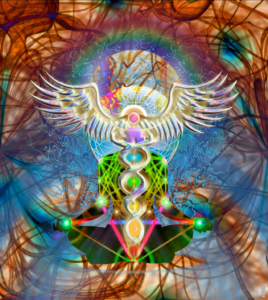The Marvels of Red Blood Cells
Red blood cells, also known as erythrocytes, are extraordinary microscopic structures that play a vital role in the human body. These fascinating cells, which are shaped like biconcave discs, are responsible for transporting oxygen from the lungs to all tissues and organs, while simultaneously removing carbon dioxide waste. Let’s dive deeper into the captivating world of red blood cells and explore their remarkable features and functions.
The Red Symphony
Red blood cells get their distinctive red color from a pigment called hemoglobin, which contains iron and binds to oxygen molecules. This unique pigment allows red blood cells to efficiently carry oxygen throughout the body. In fact, if you were to line up all the red blood cells in your body, they would form a symphony of vibrant crimson.
Life Cycle and Production
The life cycle of a red blood cell is truly awe-inspiring. These cells are produced in the bone marrow at a rate of about two million cells per second. However, their lifespan is relatively short, lasting only around 120 days. After this time, they are removed from circulation and recycled by the spleen and liver. The constant production and destruction of red blood cells ensure a healthy and efficient oxygen transport system.
The Oxygen Highway
Red blood cells are like tireless truck drivers navigating through the complex network of blood vessels. Their primary mission is to deliver oxygen to tissues and organs that need it the most. They achieve this by squeezing through the narrowest capillaries, thanks to their flexible and deformable structure. This remarkable ability allows them to reach every nook and cranny of the body, ensuring that oxygen reaches even the most distant cells.
Iron: The Red Cell’s Secret Weapon
One of the key components of red blood cells is iron. Without it, these cells would be unable to bind to oxygen molecules and transport them effectively. Iron is obtained through the diet and is carefully regulated by the body to maintain a delicate balance. Too little iron can lead to anemia, while excessive iron can be toxic. Red blood cells masterfully manage this iron dance, ensuring optimal oxygen-carrying capacity.
Post
Post
Red Blood Cells: The Silent Heroes
Red blood cells perform their duty silently and without recognition. They work tirelessly, ensuring that every cell in the body receives the oxygen it needs to function properly. Without these remarkable cells, life as we know it would cease to exist. So, let us appreciate the silent heroes coursing through our veins, the red blood cells, and marvel at their incredible abilities to sustain life.



